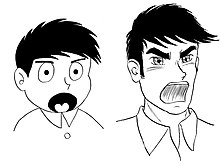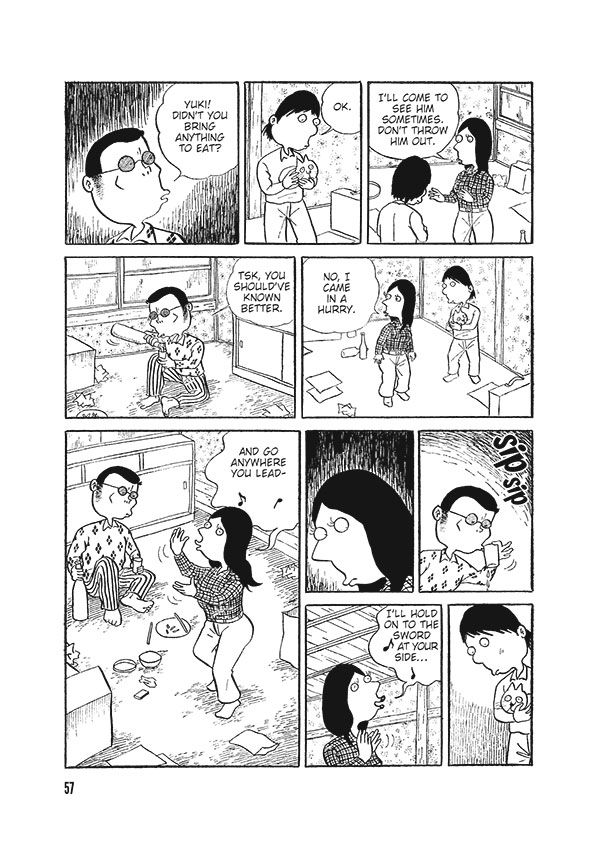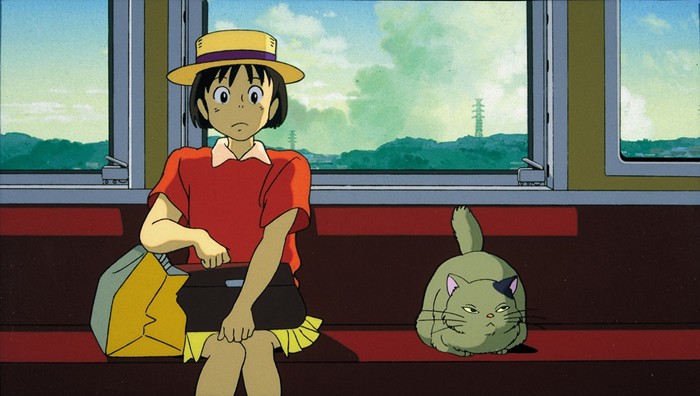
I loved the storyline of these highschoolers following their dreams of becoming a mangaka and the reality of just how difficult of a job it is in Japan; including the many sacrifices. This series almost in a way reminded me of some shoujos like Love Live because of it's theme of following your dreams but this series showed the nitty gritty of it. I also enjoyed the art of this manga, I wouldn't say there was anything too special about it but it was very well done. The details of the manga companies were super well drawn.

I think one of the main reasons why I enjoyed this manga was because it's so realistic. I often find myself reading things that are so far fetched that is can sometimes be hard to relate to. Even slice of lifes don't show life as realistically as Bakuman. The whole time you're rooting for these characters that you can relate to, and want to see them succeed. In general, this was a fun read and I hope to read some more of it.










